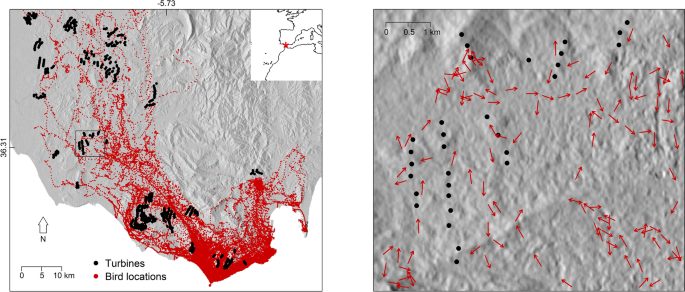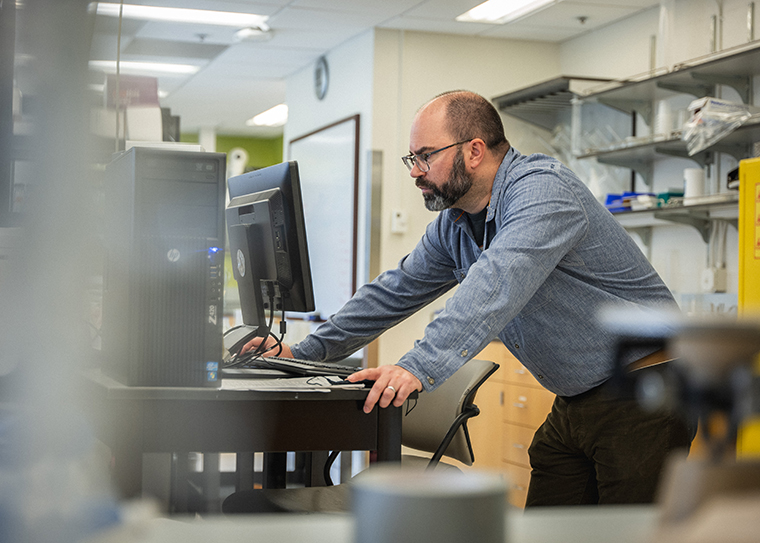自走式ロボット遊泳機は、バクテリアやその他の微生物の複雑な遊泳行動に関する研究者の理解を深めるのに役立つ。 A self-propelled robotic swimmer, developed by Brown University students and faculty, could help researchers better understand the complex swimming behaviors of bacteria and other microorganisms.
2022-04-20 ブラウン大学
・ブラウン大学の学生と教員のチームは、微生物の動きをよりよく理解するための新しいツールを開発しました。このロボットは、多くの微生物が移動するために使うコルク栓のような付属器官である鞭毛の動きを模倣したロボット型スイマーである。べん毛の泳ぎをマクロな世界に持ち込むことで、べん毛運動の流体力学を簡単に研究することができます。また、自走し、再構成可能で、遠隔操作できるため、実際の微生物では不可能な実験が可能になる。
・研究チームは、この装置について、『Review of Scientific Instruments』誌に発表した。研究チームは、この装置から得られる知見が、不妊治療から感染症が体内を伝播する仕組みの理解まで、あらゆる分野で役立つことを期待している。
<関連情報>
低レイノルズ数の微生物遊泳を研究するための力・トルクフリーヘリカルテイルロボット Force and torque-free helical tail robot to study low Reynolds number micro-organism swimming
Asimanshu Das, Matthew Styslinger, Daniel M. Harris, and Roberto Zenit
Review of Scientific Instruments Published: 11 April 2022
DOI:https://doi.org/10.1063/5.0079815

Abstract
Helical propulsion is used by many micro-organisms to swim in viscous-dominated environments. Their swimming dynamics are relatively well understood, but a detailed study of the flow fields is still needed to understand wall effects and hydrodynamic interactions among swimmers. In this letter, we describe the development of an autonomous swimming robot with a helical tail that operates in the Stokes regime. The device uses a battery-based power system with a miniature motor that imposes a rotational speed on a helical tail. The speed, direction, and activation are controlled electronically using an infrared remote control. Since the robot is about 5 cm long, we use highly viscous fluids to match the Reynolds number, Re, to be less than 0.1. Measurements of swimming speeds are conducted for a range of helical wavelengths, λ, head geometries, and rotation rates, ω. We provide comparisons of the experimental measurements with analytical predictions derived from resistive force theory. This force and torque-free neutrally buoyant swimmer mimics the swimming strategy of bacteria more closely than previously used designs and offers a lot of potential for future applications.


